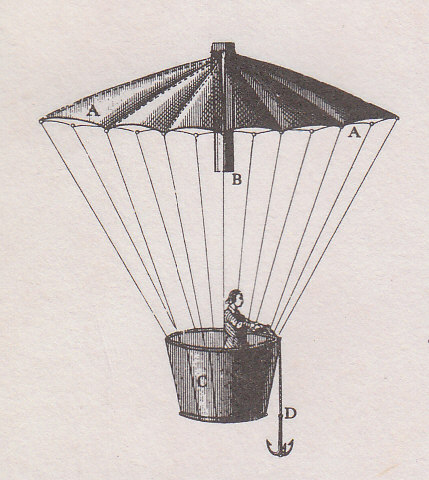As accomplished; removed from a frame.
ca1870 · [Belgium?]
by Anon. - SAMPLER
[Belgium?], ca1870. As accomplished; removed from a frame.. There is some browning and minor staining (all treatable) but overall in generally fresh condition; fading and spotting (minor stains) to the color silk borders. There are NO rips, tears, losses etc.. A magnificent 7'5" x 11 inch sewing sampler exhibiting skill for lace making and associated decorative and serviceable sewing patterns. Cotton and silk pattern "panels" (each appx. 7" long) are imaginatively stitched in train making up the length of the sampler; mounted to a cotton backing; edged with color dyed silk satin finish borders. Ideally meant to be rolled and un-rolled for presentation
(truncated) [?] Originating in a pre-WWII English collection.
An extraordinary survival and as such most unusual. A demonstration sampler for a young girl having completed an advanced course of instruction and showing what she was capable of producing. One of the panels in the sampler attests to this by having the designation "2 Cours" utilized as stitched decoration. In addition to the more "common" decorative stitching patterns are examples of fine hand stitched lace, decorative ruffled patterns etc. All executed with precision and exquisite skill. A similar sampler was sold in July 2018 at the provincial auction house of Hanson in the UK. Their description stated the item was "unique" and originated at Childonck convent in Flanders. The name is embroidered on one of the panels of their sampler and on a panel of the one being offered here; the selection of styles, lace patterns, embroidery etc. make the two appear similar. By the time this sampler was finished machine made lace with applied hand-made motifs challenged more expensive hand-made production. From the mid-16th century lace was the latest thing in textiles and female artisans of Flanders produced some of the most precious examples. The history of lace is one of predominantly women's craftsmanship. The church was, historically, a steady customer. By the late 19th century, by "look", there was essentially no difference, yet the demands of fashion and cachet of real lace as a signifier of status and wealth continued to drive demand for the true hand work. See chapter 11 in Cormack / Majer, Threads of Power; Frieda Sorber, P. Laces: Looking Through Antwerp Lace.
(Inventory #: 24000)






